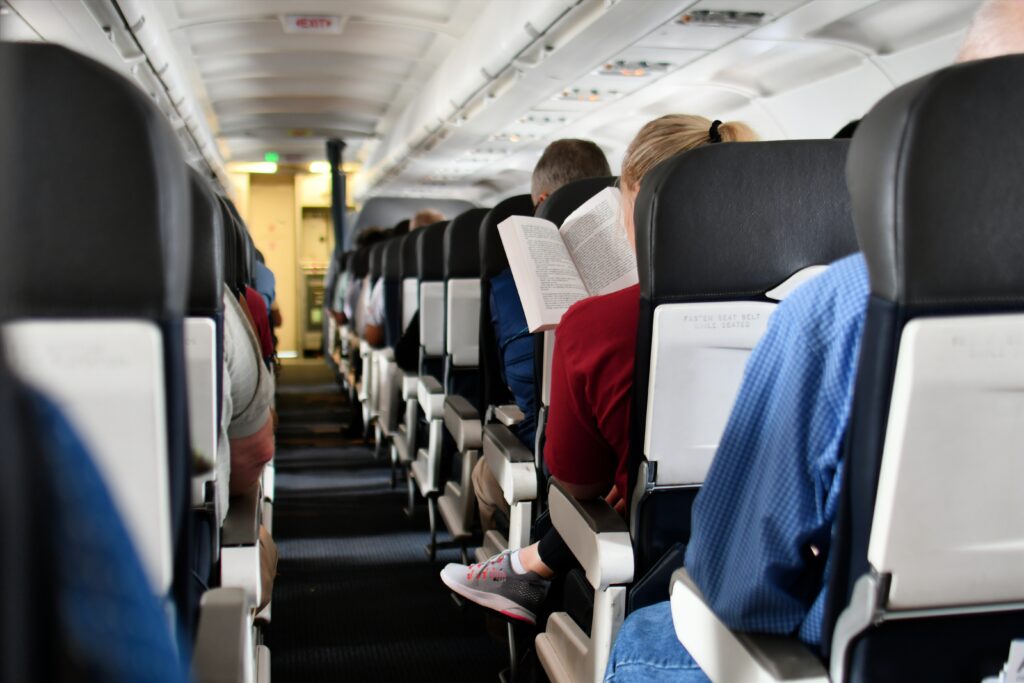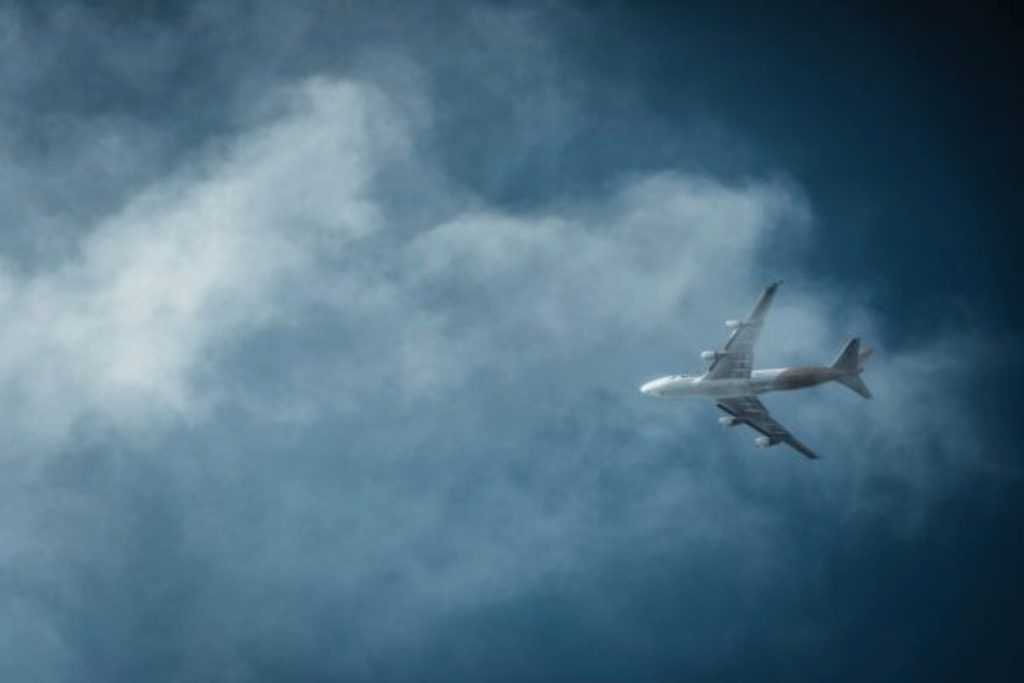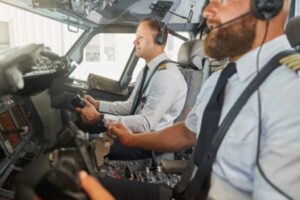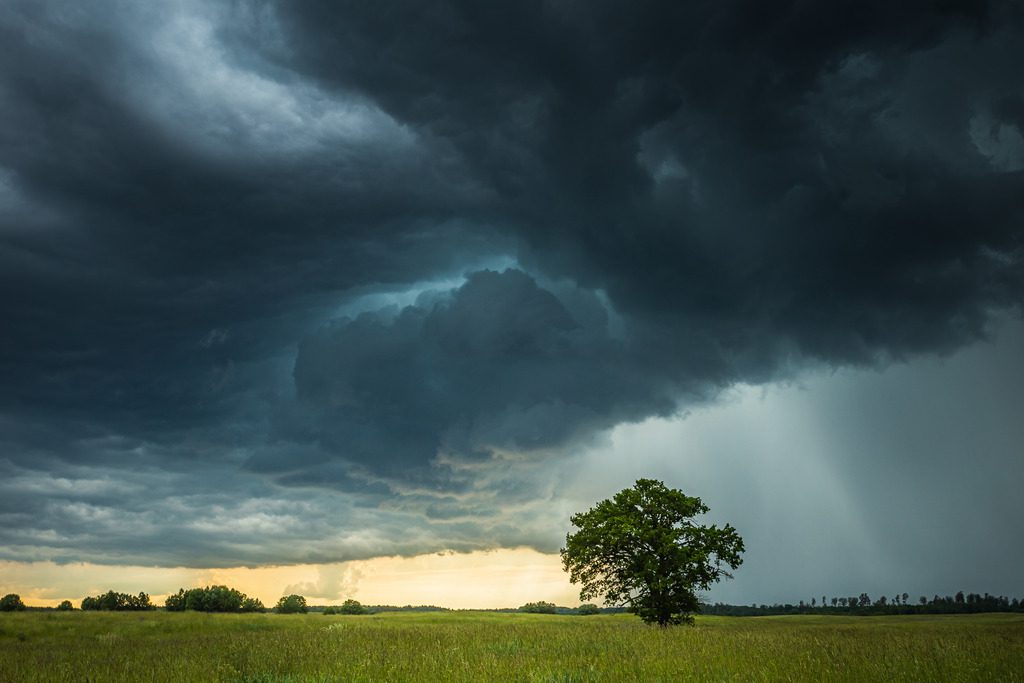For many around the globe, machines ‘dropping’ or ‘jolting’ is a primary root of anxiety while flying, therefore accounting for the phenomenon called ‘turbulence’. Taking everything into consideration, it merits noting that while turbulence may feel intense, it rarely entails a genuine threat to a person’s life. This is why it becomes very important to understand the causes of turbulence and the concern that passengers should have regarding it.
What Is Air Turbulence?
The Federal Aviation Administration defines clear-air turbulence (CAT) as “sudden severe turbulence occurring in cloudless regions that causes violent buffeting of aircraft … CAT is especially troublesome because it is often encountered unexpectedly and frequently without visual clues to warn pilots of the hazard.” The possible reasons for this could be:
- The rising heat from the surface of the earth (especially when it is warm).
- Wind interacting with jet streams, buildings, or mountains.
- Weather systems (thunderstorms, frontal boundaries).
- Shear of jet streams is when fast blowing winds at different heights come together.
The lack of visible storm clouds and the high altitudes make one of the most difficult types of clear-air turbulence.
How Dangerous Is It?
Even with all the force the passenger feels during the turbulence, there is minimal risk to the airplane nowadays. Modern engineering has aircraft built with the ability to survive extreme forces. And pilots, who are trained rigorously for every scenario, have the skills to avoid tumultuous zones or fly sluggishly through so-called “turbulent weather” safely.
The most frequent consequence of turbulence is not damaging the aircraft. What happens most often is that people not wearing their seatbelts get injured. Not wearing a seatbelt and becoming a projectile during turbulent movement is one of the major forms of turbulence-related injuries.

Can A Plane Crash due to Turbulence?
That’s extremely rare, almost never happens. Fighting against violent shaking is definitely disconcerting, however, the pilots stay confident that all is perfectly fine and under control through all this chaos and stay within the plane’s limits.
Turbulence fractures are infrequent. Even during extreme turbulence, the airplane has to be structurally intact. Most of the hazards arise from injuries sustained while restrained in a seat, which is precisely why it’s strongly suggested that seatbelts are fastened at all times while seated, whether the sign is illuminated or not.
Is Turbulence Getting Worse?
Evidence suggests that turbulence is becoming more severe and frequent in certain areas, especially on transatlantic routes. The reasoning is some suggested modifications in climate along with polar jet streams. If correct, this would mean that the chances of having clear skies become more bumpy during the flight.
Such shifts may alter the energy airlines and pilots have to expend changing the trajectory mid-flight, without making air travel riskier for travelers. Passengers might have to rely on frequent seatbelt signs, but the safety of air travel won’t change.
Managing Aircraft Turbulence
Pilots do their best to evade turbulence by making use of sophisticated meteorological instruments, as well as real-time communications from other planes in the sky. Additionally, they have the ability to change their altitude, course, or planned path to avoid frequent turbulence.
In the case that an unexpected bout of turbulence occurs, pilots make sure to slow down to a safe maneuvering speed, continue to fly level and coordinate with air traffic control, and inform cabin personnel of the situation.

Staying Relaxed and Safe
Turbulence is part and parcel of flying, but there are several things that passengers can do to ensure their comfort and safety:
- Wear safety belts whenever seated, even if the light is switched off.
- Do not move around or stand up during the flight unless it is absolutely needed.
- Make sure to secure items.
- Select seats directly above the wings if they prefer a smoother flight.
- If someone is prone to anxiety, calming techniques should be practiced, such as taking deep breaths.
Summary
Flying through the atmosphere will always have natural turbulence and jerking movements. It is normal to feel anxious whilst in motion, however, planes are built to withstand such turbulence. Knowing the inner workings of an airplane will do a great deal in putting your mind at ease, providing a more comfortable experience.
Remember the next time fasten your seat belt and get ready for some bumpy rides. It’s simply turbulence caused by nature, nothing else.













